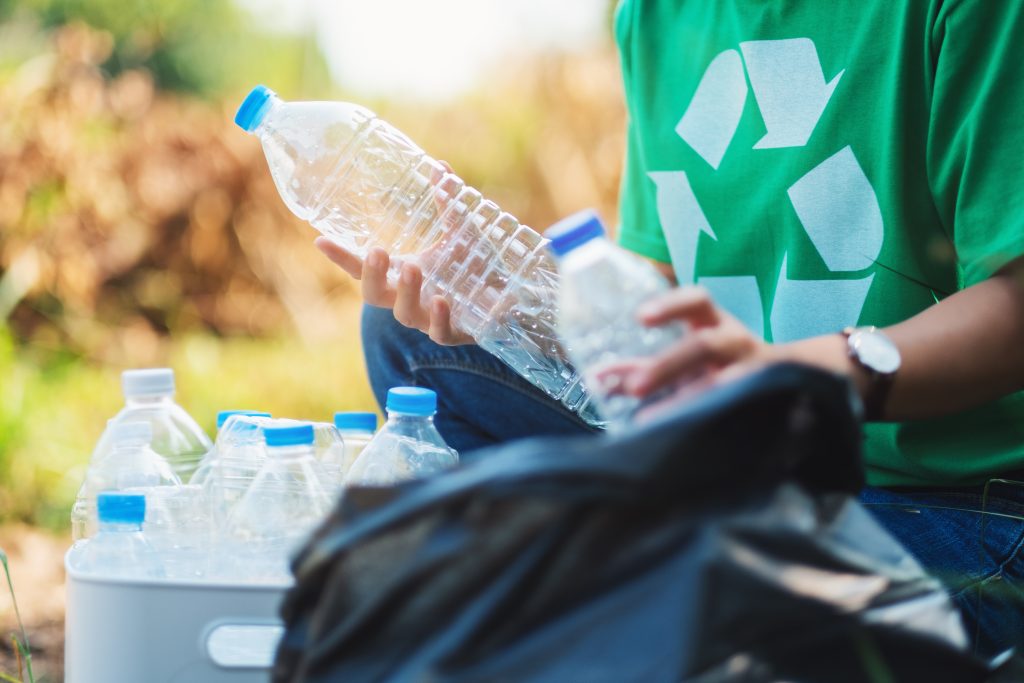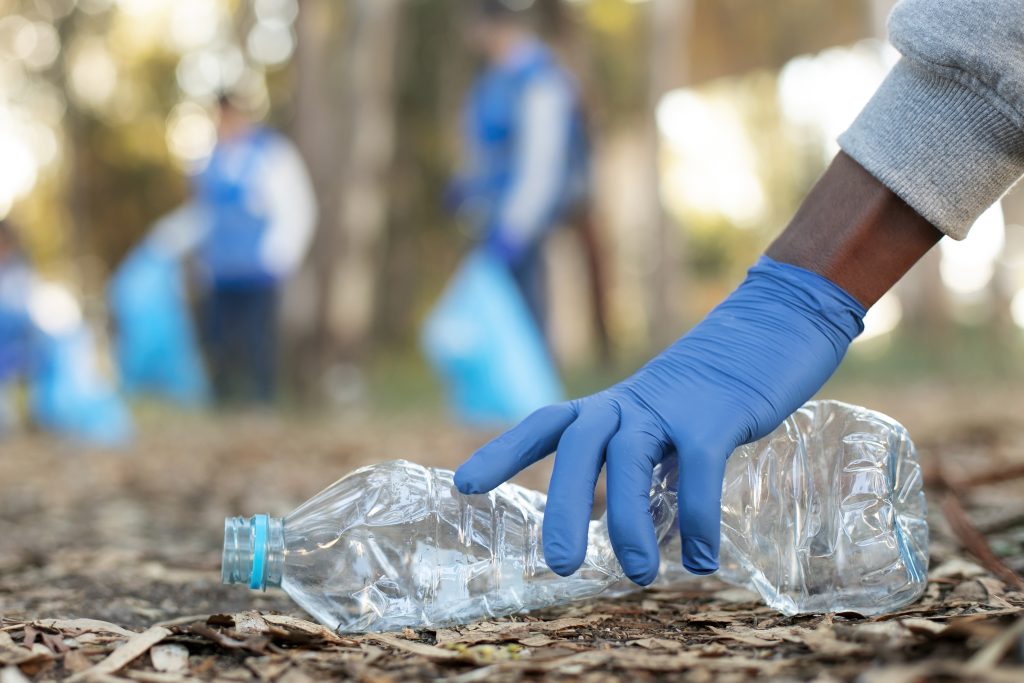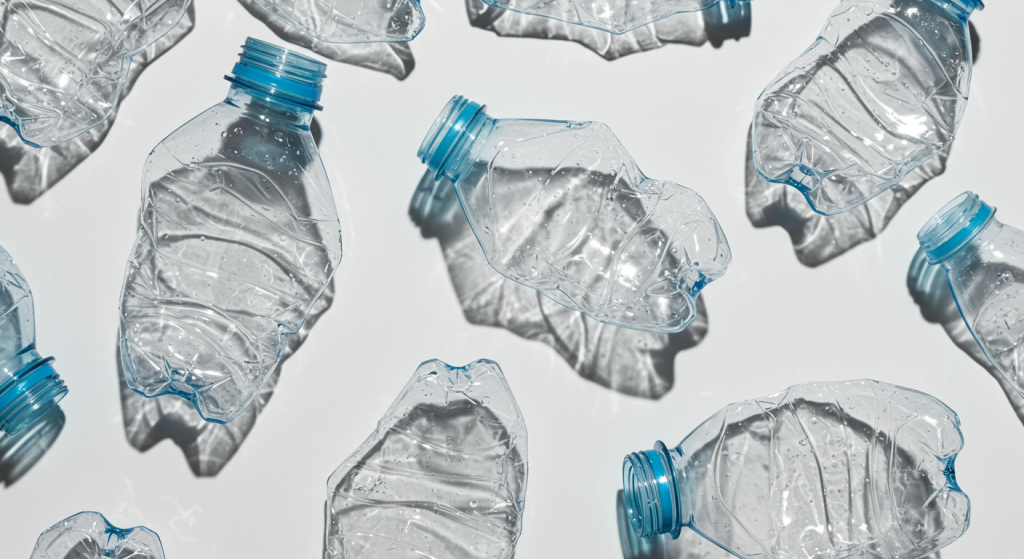Plastic Bottle Recycling: A Science-Based Comprehensive Guide
Contents
- Introduction
- Material facts (bottle, cap, label)
- Collection and source separation
- Plant pre-processing
- Washing and cleaning
- Plastic Bottle Recycling: Mechanical process (PET → rPET)
- Plastic Bottle Recycling: Food-contact compliance
- When to use chemical routes?
- Quality control and tests
- Economy and carbon impact
- Practices and regulation in Türkiye
- Design tips for producers
- Practical tips for consumers
- Professional reference to BURKASAN
- FAQ
- Conclusion
Introduction
Plastic Bottle Recycling is a critical process for the environment; we manage bottles correctly and, therefore, keep materials in the loop. We direct waste to value. This guide explains each step clearly, so reading stays easy and efficient.

Material facts (bottle, cap, label)
Producers mostly choose PET for bottle bodies; caps often use HDPE/PP, while labels may use PETG/OPS/PE. Adhesives influence the line, so we design the flow around these differences.
- PET body: High clarity and strong response to mechanical recycling.
- Cap/ring: Lower density helps flotation and simplifies separation.
- Label/adhesive: Easy-release labels and water-soluble adhesives accelerate washing.

Collection and source separation
Accurate collection strengthens the foundation; households sort regularly, and businesses contribute volume. Deposit systems raise return rates, and municipalities expand bins; as a result, quality rises while contamination falls.
Empty the bottle, keep the cap on, and remove the label when possible. Sort colored bottles separately; thus, you raise purity and value.
Plant pre-processing
Trucks deliver bottles to the plant, and the team immediately runs weighing and sampling. The bale breaker opens bales, conveyors feed the line, operators remove coarse inerts, and metal separation protects the equipment.
Washing and cleaning
Contamination degrades performance; therefore, washing becomes a critical step. Label removers and friction washers reduce soils, hot wash dissolves syrups and oils, and density baths split cap flakes; consequently, quality improves.

Plastic Bottle Recycling: Mechanical process (PET → rPET)
The crusher sizes PET flakes; optical sorters refine color; metal detection adds safety. The extruder melts and the filter captures fines; the pelletizer forms stable pellets. As a result, the line produces rPET.
Path to food-grade rPET
High-vacuum decontamination lowers volatiles, SSP raises IV, and operators control discharge; thus, the plant maintains pellet stability.
Plastic Bottle Recycling: Food-contact compliance
Experts test migration, execute the decontamination step, and monitor AA because it affects taste and odor. They keep IV within range and record results for traceability and recall readiness.
When to use chemical routes?
Prefer mechanical routes first because they offer higher energy efficiency. For multilayers or heavily contaminated flows, consider depolymerization; consequently, purity increases, although energy and cost demand careful assessment.
Quality control and tests
The lab measures IV, moisture, AA, and color; operators log black-speck counts. Therefore, the process gains stability and the product retains safety.
Economy and carbon impact
Recycling reduces virgin demand; energy use falls. Deposit systems lift capture rates. Clear bottles hold higher value, and color sorting improves revenue because markets prefer clean input.

Practices and regulation in Türkiye
Producers embrace responsibility, municipalities expand separation programs, and licensed plants keep records. Consequently, compliance and quality advance together.
Design tips for producers
- Prefer clear, colorless PET to raise market value.
- Use water-soluble label adhesives to simplify removal.
- Make sleeves removable if used.
- Keep caps in HDPE/PP to leverage density separation.
- Consult plants before adding barrier layers.
Practical tips for consumers
- Empty bottles fully, then place them in recycling bins.
- Keep the cap on because density separation handles it.
- Remove labels when possible to reduce contamination.
- Sort colored bottles separately to improve quality.
- Use deposit return points regularly.
Professional reference to BURKASAN
BURKASAN provides integrated recycling and waste-management solutions. The team coordinates field, logistics, and plant integration, so businesses build traceable and efficient operations.
FAQ
Should I remove the cap?
Keep the cap on; density baths separate cap flakes effectively, and efficiency improves.
Do colored bottles enter the stream?
Yes, although clear bottles usually retain higher market value.
When is hot wash mandatory?
Use hot wash for high syrup or oil residues; it protects quality and safety.
What steps enable food-grade rPET?
Apply decontamination and SSP, test migration, and archive results for traceability.
Conclusion
Bottle recycling blends technology and discipline. Proper collection sets quality, robust washing secures safety, controlled extrusion preserves stability, and traceability sustains confidence; consequently, the environment and the economy benefit together.
If you seek a structured partner, plan your flow with BURKASAN and scale results responsibly. Thus you grow environmental and economic gains simultaneously. To close, we emphasize once more: Plastic Bottle Recycling—when designed and run correctly—quickly converts waste into value. Keep exploring our other articles.

